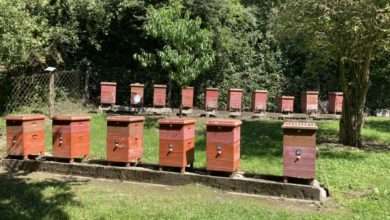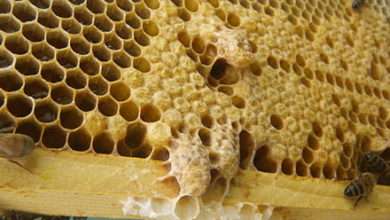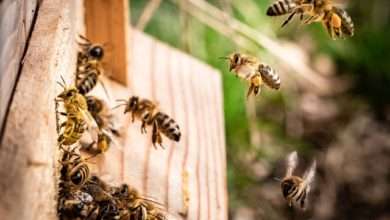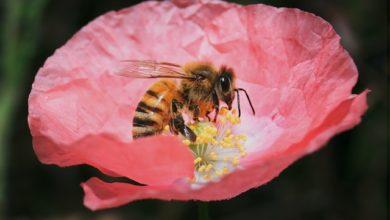Do They Raise Honeybees in Siberia?

Siberia, with its vast landscapes and extreme climatic conditions, has long been an enigma to the world. Known for its frozen tundra, unforgiving winters, and diverse wildlife, this region holds many secrets waiting to be uncovered. In this article, we delve into the intriguing question of whether honeybees are raised in Siberia – a topic that has intrigued scientists, agriculturists, and naturalists alike. Join us as we unravel the mystery of beekeeping in this remarkable region.
Climate and Geography of Siberia
Siberia, the vast and formidable region in Russia, is known for its unforgiving climate and breathtaking geography.
Harsh Climate and Extreme Temperatures
No discussion about Siberia is complete without acknowledging its harsh climate and extreme temperatures. Known for its bitterly cold winters, Siberia experiences some of the coldest temperatures on Earth, with winter lows often reaching -40°C (-40°F) or even lower. Furthermore, the region’s vastness and lack of significant barriers to air movement contribute to intense winds, which further exacerbate the sensation of cold. Summers, on the other hand, are relatively short and can be quite warm, with temperatures occasionally exceeding 30°C (86°F). This significant variation between seasons presents unique challenges for both humans and wildlife in Siberia.
Varied Geography and Diverse Ecosystems
Siberia boasts a diverse landscape, encompassing vast areas of tundra, taiga (boreal forest), mountains, and even a small portion of sandy desert. This varied geography supports a wide range of ecosystems, each with its own distinct flora and fauna. The northern region of Siberia is predominantly covered by tundra, a cold and treeless biome characterized by low-growing plants, such as mosses and lichens. Moving southward, the tundra transitions into the dense taiga, dominated by coniferous forests and home to numerous animal species like moose, bears, and wolves. The southernmost parts of Siberia are characterized by mountain ranges, such as the Altai and Sayan Mountains, which provide rich habitats for diverse plant and animal life.
Challenges and Opportunities for Beekeeping in Siberia
Beekeeping in Siberia presents a unique set of challenges and opportunities. The harsh climate, with its long and freezing winters, poses significant hurdles for beekeepers. Yet, despite these challenges, some species of honeybees have adapted remarkably well to Siberia’s cold conditions. In fact, Siberian bees, also known as Russian honeybees, have developed certain traits that allow them to survive in temperatures other honeybee subspecies cannot. These traits include a longer period of broodlessness and increased resistance to parasites and diseases. As a result, these resilient honeybees have become the choice of beekeepers in Siberia, making beekeeping possible in this challenging environment.
Adaptation of Honeybees to Cold Climates
The adaptation of honeybees to cold climates is a fascinating process. Siberian bees, through a process of natural selection, have developed thicker wax glands, allowing them to build thicker and more insulated honeycombs.
Additionally, they exhibit behaviors such as clustering tightly together within the hive to generate and retain heat, allowing the colony to survive even during extreme cold snaps. Another remarkable adaptation is their ability to lower their metabolic rates during dormancy, conserving energy and prolonging their survival during the harsh winter months. These adaptations showcase the extraordinary resilience and resourcefulness of these honeybees in overcoming the challenges of Siberia’s climate.
History of Beekeeping in Siberia
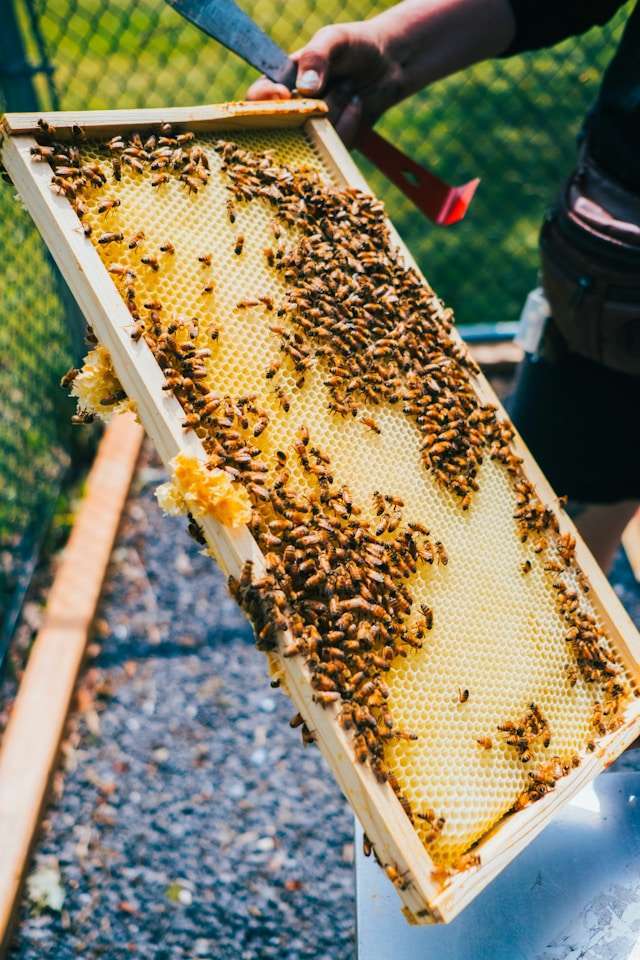
Beekeeping has a rich and vibrant history in Siberia, shaped by traditional techniques, the introduction of modern practices, and the interplay of cultural and environmental factors.
Traditional Beekeeping Practices
For centuries, Siberian beekeepers practiced traditional methods, passed down through generations. These practices often involved the use of log hives, where hollowed-out logs provided natural homes for bees. Traditional beekeepers would carefully manipulate the bees to harvest honeycombs and collect honey. These methods exemplified the deep connection between the Siberian people and their natural environment.
Introduction of Modern Beekeeping Techniques
With advancements in beekeeping science, modern techniques gradually found their way into Siberia. The 19th century witnessed the introduction of movable frame hives, which allowed for easier manipulation and management of bee colonies. This innovation had a transformative effect on Siberian beekeeping, increasing honey production and improving overall efficiency.
Influence of Cultural and Environmental Factors on Beekeeping
The cultural and environmental factors in Siberia had a profound impact on beekeeping practices. Siberian beekeepers mastered the art of wintering bees in extreme cold climates, developing ingenious methods to protect their colonies from freezing temperatures. The vast and pristine landscapes of Siberia also provided an abundant and diverse source of nectar and pollen, resulting in high-quality honey production.
Role of Beekeeping in Siberian Economy and Culture
Beekeeping played a significant role in both the Siberian economy and culture. Honey, beeswax, and other bee products were highly valued commodities, traded both domestically and internationally. The Siberian honey, known for its unique flavors derived from diverse floral sources, gained recognition and demand in various markets. Moreover, beekeeping fostered a strong sense of community and identity, with beekeepers coming together for festivals, sharing knowledge, and celebrating their craft.
Current State of Beekeeping in Siberia
Beekeeping in Siberia has witnessed significant developments over the past few years. With the expansion of commercial beekeeping operations, the use of honeybees for pollination in agricultural practices, and the integration of technology and innovation, the industry has experienced a notable transformation.
- Expansion of Commercial Beekeeping Operations: In recent years, there has been a notable expansion in commercial beekeeping operations in Siberia. Apiaries have increased in size, and professional beekeepers are investing in modern infrastructure and equipment to enhance honey production. These commercial operations play a crucial role in meeting the growing demand for honey, both domestically and internationally. With the vast and diverse landscapes of Siberia offering abundant floral resources, commercial beekeepers are positioning themselves to capitalize on this opportunity.
- Small-Scale Beekeeping in Rural Siberia: While commercial operations are on the rise, small-scale beekeeping still holds immense importance in rural Siberia. Many rural households engage in beekeeping as a traditional activity passed down through generations. Small apiaries not only provide honey for personal consumption but also generate additional income through the sale of honey and other bee-products, such as beeswax and royal jelly. The preservation of this traditional practice is crucial for the cultural heritage of Siberia and its rural communities.
- Use of Honeybees for Pollination in Agricultural Practices: Beyond honey production, honeybees play a critical role in the pollination of agricultural crops in Siberia. Farmers recognize the importance of bees in enhancing crop yield and quality. Orchards, berry farms, and vegetable fields extensively rely on honeybees for pollination. The symbiotic relationship between bees and agriculture highlights the interdependence of these industries. As a result, both beekeepers and farmers now work together to ensure the availability of honeybees during the pollination period.
- Integration of Technology and Innovation in Beekeeping: Siberian beekeepers are embracing technology and innovation to improve their practices and enhance productivity. Modern beekeeping equipment, such as beehive sensors and remote monitoring systems, enables beekeepers to track hive conditions, temperature, and humidity, ensuring the well-being of their colonies. Additionally, advancements in breeding techniques and genetics are employed to develop disease-resistant honeybee populations, safeguarding the health of the overall industry.
- Government Policies and Support for Beekeeping Industry in Siberia: Recognizing the economic and environmental significance of beekeeping, the Siberian government has implemented policies to support and promote the industry. The government provides financial assistance, subsidies, and training programs to both commercial and small-scale beekeepers. These initiatives aim to encourage sustainable beekeeping practices, preserve biodiversity, and promote the export of Siberian honey and bee-products. The government’s support creates a favorable environment for the growth and development of the beekeeping industry in Siberia.
The current state of beekeeping in Siberia showcases a dynamic industry driven by the expansion of commercial operations, the preservation of small-scale beekeeping practices, the crucial role of honeybees in pollination, and the integration of technology and innovation.
Conclusion
The importance of beekeeping in Siberia cannot be understated. The unique climate and geography of the region, as well as its rich history and current state of beekeeping, present a wealth of opportunities for the industry. As we look to the future, it is crucial to support and preserve Siberian honeybee populations, ensuring the continued success and sustainability of beekeeping in this remarkable region.
FAQ:
Is it difficult to maintain honeybee colonies in Siberia?
- Maintaining honeybee colonies in Siberia presents several challenges due to the region’s harsh climate and limited forage sources. Beekeepers need to carefully monitor and provide additional feeding when necessary to ensure the bees have enough resources during periods of low nectar flow.
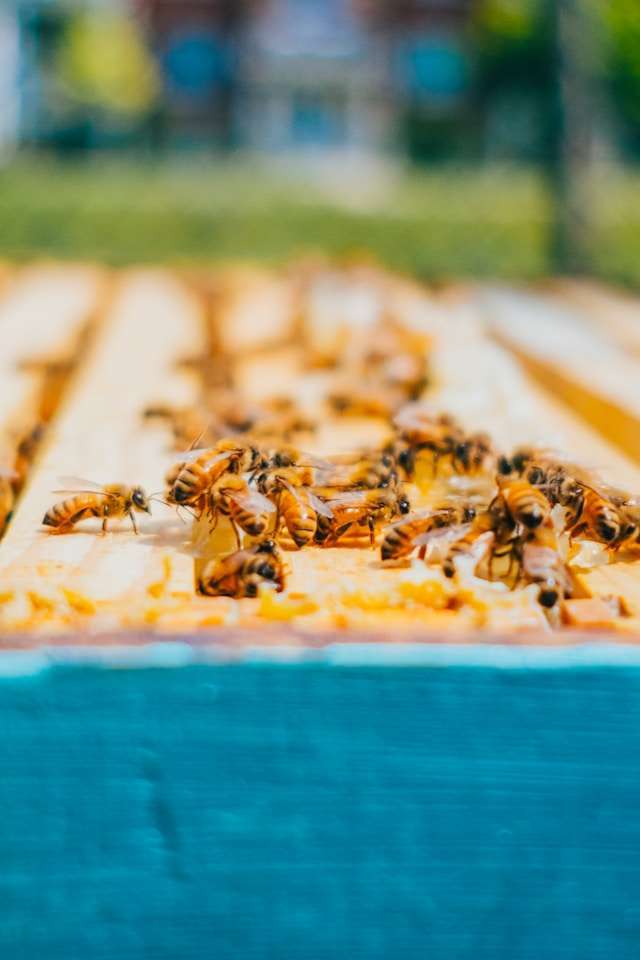
How do bees find enough flowers to gather nectar in Siberia?
- Bees in Siberia rely on a variety of nectar sources, including flowering plants found in the taiga forests, meadows, and gardens. Beekeepers often assist their colonies by creating nearby flower gardens with suitable plants to ensure an adequate nectar supply.
What types of honey can be produced in Siberia?
- Siberia offers a unique ecosystem for bees, resulting in various types of honey produced in the region. Some common honey varieties produced in Siberia include wildflower honey, taiga honey, buckwheat honey, and honey made from blooming plants found in specific areas of Siberia.
How can bees survive Siberian winters?
- To ensure bees survive Siberian winters, beekeepers employ various techniques, such as insulating hives with materials like straw or foam to maintain warmth.
- Additionally, they feed bees with honey and pollen substitutes, ensuring they have enough food to sustain the colony until spring. Proper hive management and timely winter preparations are crucial to the bees’ survival during the cold months.
What are the main challenges of beekeeping in Siberia?
- The main challenges of beekeeping in Siberia include the harsh climate and extreme temperatures, threats to honeybee populations, and the impact of industrialization and urbanization on bee habitats. These challenges require innovative solutions and sustainable practices to ensure the success of beekeeping in the region.
